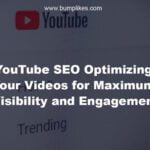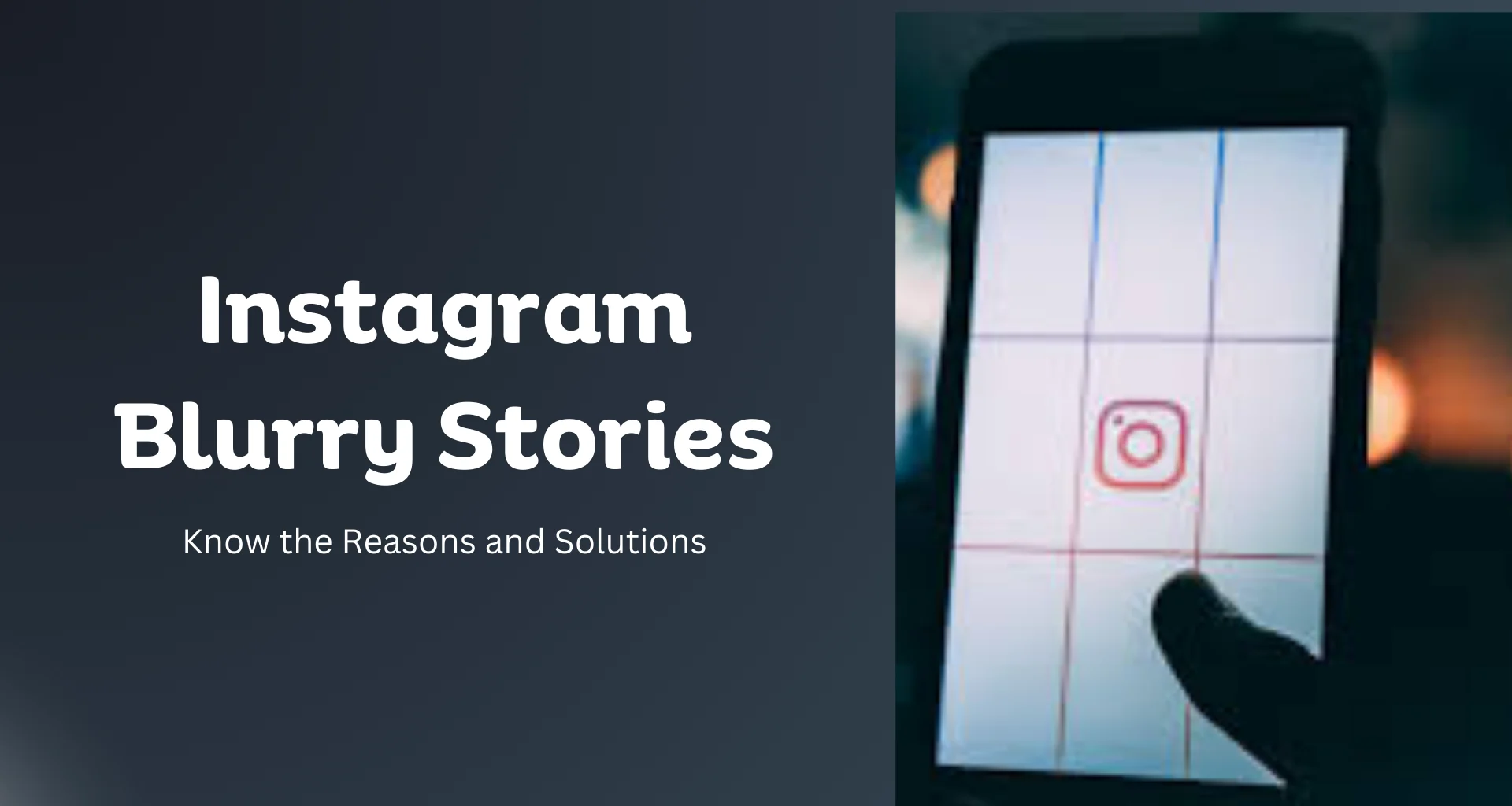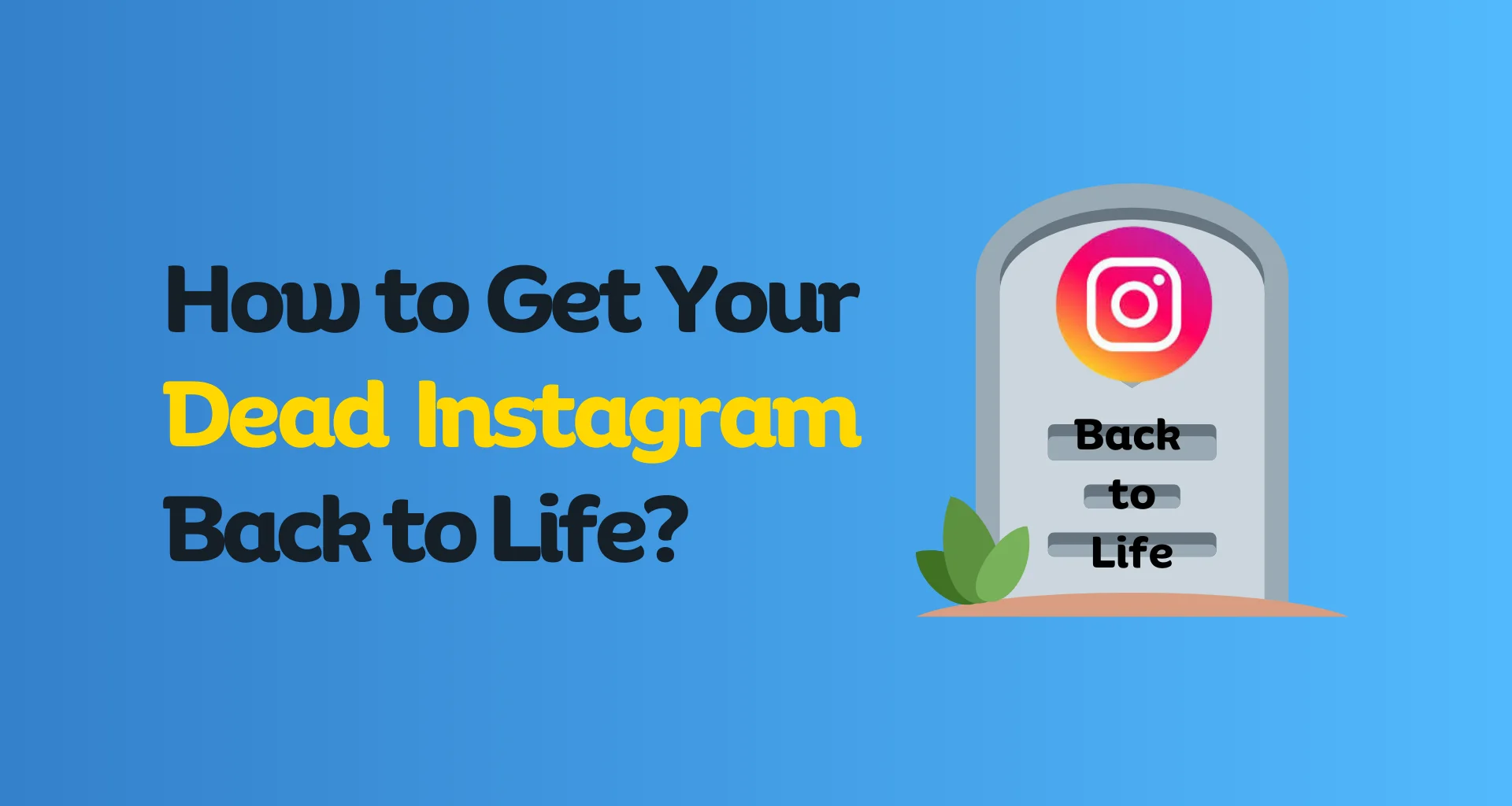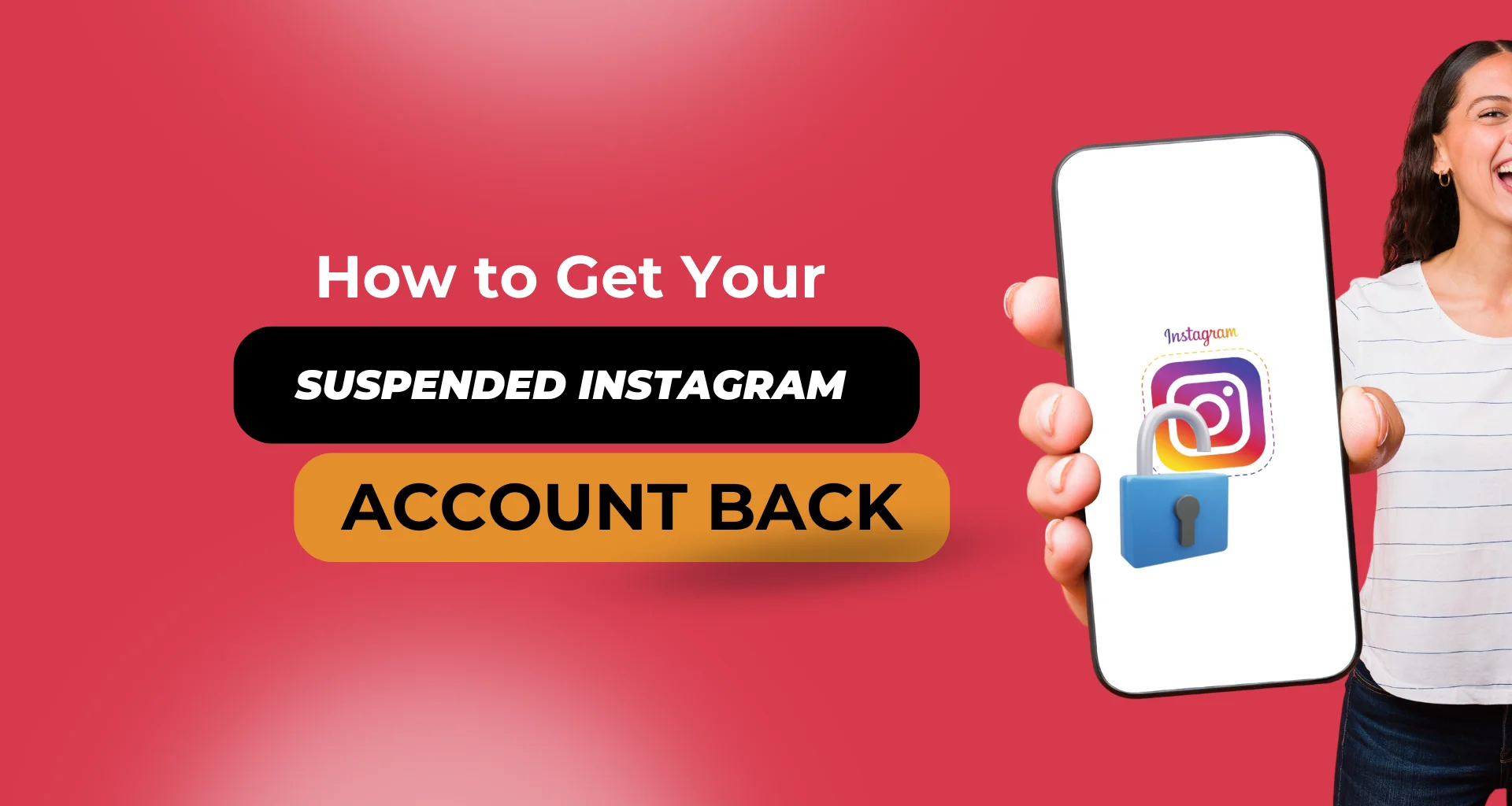What is Facebook marketing?
The approach of promoting a company and brand on Facebook is known as Facebook marketing. It can help businesses create brand awareness, expand their online audience, gather potential clients, and increase sales of their products and services.
Facebook advertising strategies can include:
- Natural text, photograph, or video content
- Paid, or “supported,” text, photograph, or video content
- Facebook Stories and Reels
- Facebook advertisements
- Facebook Gatherings
- Challenges and giveaways
- Facebook Courier chatbots or automated assistants
- Force to be reckoned with promoting efforts
How to set up Facebook for business?
If you’re on a tight budget, Facebook advertising can be done for free. Alternatively, if you want to accelerate your growth, you can use paid services like Facebook ads, sponsored content, or powerhouse/organization campaigns. The first step is to create a Facebook Page for your business, whether you’re only offering organic content or following the other tips in this article.
Facebook has become a powerhouse for businesses that want to reach more people, engage with their target audience, and boost sales. With over 2.8 billion monthly active users, this social media giant offers marketers an incredible opportunity to tap into their potential. However, given the increasing competition and changing algorithms, achieving success on Facebook requires a well-planned strategy. In this blog post, we’ll provide you with 10 essential Facebook marketing tips that will help you maximize your brand exposure, engagement, and conversions.
1. Create an authentic and attractive page

Your Facebook page acts as the face of your brand on the platform. Optimizing is crucial to creating an authentic and convincing impression. Choose a recognizable profile picture as your logo and an attractive cover photo that reflects the essence of your brand. Create a concise but informative section that includes relevant keywords to improve findability. Make sure your tone and content match your brand identity so all communications are consistent.
2. Understand your audience

To connect effectively with your audience, you must first understand them. Use Facebook Insights to gain valuable demographic information about your followers, including age, gender, location, and interests. Use this information to drive your content strategy to create buyer personas. Tailor your message to your target audience by addressing their pain points and offering solutions that match their interests and preferences.
3. Interesting content is important

To stand out on your Facebook feed, you need to post engaging content that engages your audience. Diversify your content with a combination of text messages, images, videos, and interactive elements such as polls and quizzes. Use storytelling to evoke emotion and create a deeper connection with your followers. Always put quality over quantity and maintain a consistent publishing schedule to keep your audience engaged.
4. Use Facebook Live to communicate in real-time

Facebook Live is a powerful tool to increase your brand visibility and promote real-time interaction with your audience. Use live videos to showcase behind-the-scenes content, product launches, Q/A seQ&Aons, and exclusive announcements. Encourage viewers to ask questions and respond quickly to their comments so they feel valued and heard.
5. Harness the power of Facebook Groups
Facebook groups are a great way to build a community around your brand. Create or join groups related to your industry or niche and actively participate in discussions. Share valuable insights, answer questions and publicly avoid promotional content. By establishing yourself as an expert authority, you will organically drive traffic to your page and build brand loyalty.

6. Show targeted Facebook ads
While organic reach is essential, Facebook’s algorithm makes it difficult to reach large audiences without paid advertising. Use Facebook ads to target specific demographics, interests, behaviors, and locations. Use eye-catching images, compelling ad copy, and clear calls-to-action (CTA) to attract users to your website or landing page.

7. Monitor and analyze the performance

Continuously monitor the performance of your Facebook marketing efforts with Facebook Insights and other analytics tools. Analyze data related to message engagement, reach, clicks, and conversion rates. Use this information to identify trends, understand what resonates with your audience, and refine your strategies accordingly.
8. Encourages user-generated content
User-generated content (UGC) can be a powerful marketing tool because it showcases real experiences for your brand. Encourage your followers to share pictures, videos, and experiences about your products or services. Emphasize this content on your page to build trust and authenticity, which in turn attracts more potential customers.

9. Collaborate with influencers
Collaboration with influencers can significantly expand your brand’s reach and credibility. Identify influencers related to your industry or niche and collaborate on sponsored posts, product reviews, or giveaways. True influencer endorsements can introduce your brand to a new and engaged audience, increasing brand awareness and potential conversions.

10. A/B test for optimization
Constantly experiment and A/B test different elements of your Facebook marketing campaigns. Experiment with different ad formats, content types, calls to action, and publishing schedules to find what works best for your audience. Use data insights to continuously optimize your strategy and improve performance.

Final Words
Embrase these ten Facebook marketing tips into your strategy will undoubtedly increase your brand’s success on the platform. Remember that building a strong presence on Facebook takes time and consistent work. Stay on top of platform changes and industry trends, adjust your strategies accordingly, and create authentic relationship with your audience. By doing so, you’ll capture Facebook’s true potential as a marketing powerhouse and set your brand on the path to raving success.






